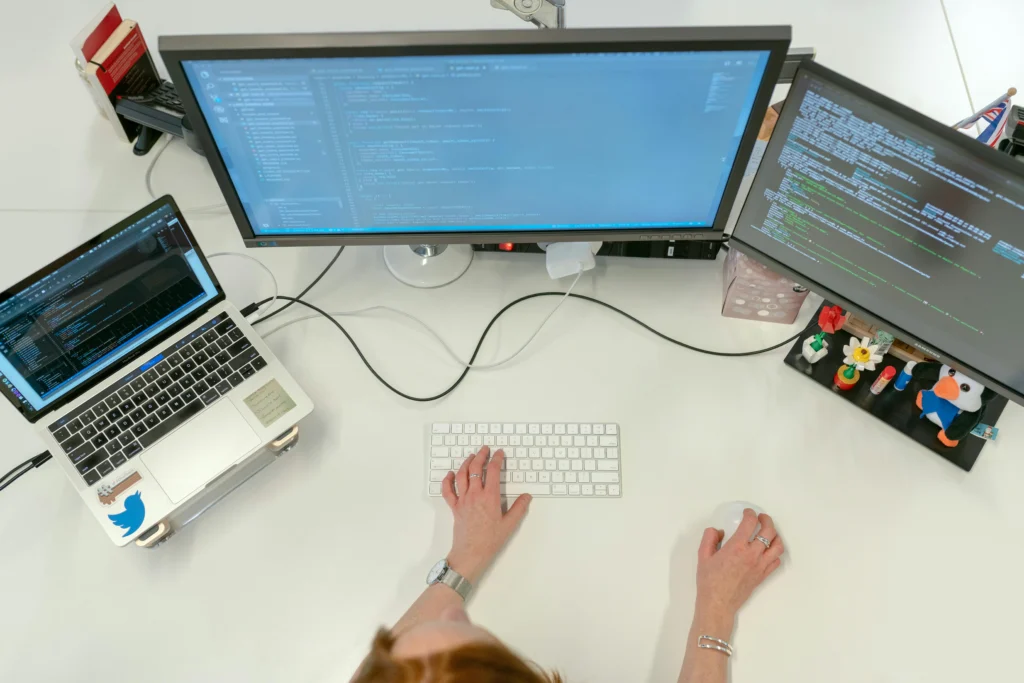
Introduction
As a lifestyle and fashion blogger, staying organized and consistent is one of the biggest challenges I face. With ideas constantly flowing, emails piling up, and deadlines to meet, I needed a reliable system to plan, manage, and track my blog content. That’s when I discovered Notion — a powerful all-in-one workspace that completely transformed the way I run my blog.
In this post, I’ll walk you through exactly how I use Notion to plan and organize my blog content efficiently and effectively, from idea generation to publishing.
Why I Chose Notion
Before I started using Notion, I tried everything — Google Sheets, paper planners, Trello boards, and even bullet journaling. While each tool had its strengths, none of them gave me the flexibility and centralization I was looking for. I often felt scattered, with different information living in different places.
Notion stood out because of its customizability. It lets you create pages, databases, calendars, Kanban boards, checklists, and more — all within one platform. Plus, it’s visually clean and easy to navigate. Whether you’re a minimalist or someone who loves a fully loaded dashboard, Notion adapts to your style.
Setting Up My Blog Dashboard
My blog dashboard in Notion serves as my command center. It’s where I manage everything blog-related in one place. Here’s a breakdown of the sections I’ve created:
This is a visual calendar where I assign blog post ideas to specific dates. It helps me stick to a consistent publishing schedule, especially during busy seasons like the holidays or fashion week. I use Notion’s calendar
view to drag and drop posts into new dates if needed.

Whenever inspiration strikes, I immediately log it in my Idea Bank. This section is simply a running list of all my blog post ideas — even the half-baked ones. I add tags like “Fashion,” “Lifestyle,” “Collab,” or “Seasonal” to keep it organized. From there, I pick the best ideas to move into the content calendar.
Once an idea is scheduled, it gets added to my writing tracker. This is a table with columns like:
Status (Idea, Drafting, Editing, Scheduled, Published)
Word Count
Deadline
Image Requirements
Notes
It gives me a clear picture of what stage each blog post is at, and it helps me avoid last-minute scrambling.
For sponsored posts or guest collaborations, I keep a separate section for all communications, briefs, deadlines, and brand requirements. I also include contact information and payment status here. This keeps me professional and ensures I don’t miss any important details when working with partners.
I have a reference page where I define my content pillars (e.g., Fashion, Beauty, Travel, Wellness). Under each category, I list subtopics and ideas. This keeps my content aligned with my brand and helps me stay consistent in what I deliver to my audience.
This is my digital mood board. I save screenshots, links to articles, Instagram posts, and other pieces of content that inspire me. If I’m ever feeling stuck, this is the first place I go to spark creativity.

Notion isn’t just for planning — it’s also great for tracking results. I maintain a simple tracker where I input monthly stats like:
Page views
Top-performing blog posts
Instagram & Pinterest growth
Affiliate earnings
This helps me reflect on what’s working and what needs adjusting in my content strategy.
How I Maintain My Workflow
Every Monday, I open Notion and review my blog dashboard. I check what’s on the calendar, update the progress of any drafts, and move tasks forward. I also add new ideas to the Idea Bank as they come to me throughout the week. This routine keeps me organized without feeling overwhelmed.
I’ve also created templates for recurring blog post formats (like monthly favorites, outfit diaries, or seasonal lookbooks). These templates save me time and ensure consistency across my content.
Benefits of Using Notion for Blogging
All-in-One Workspace: Everything I need lives in one place — no more switching between apps.
Highly Customizable: I can structure it however I like, and adjust it as my workflow evolves.
Collaboration-Friendly: When I work with a photographer, designer, or brand, I can easily share specific pages.
Visually Appealing: It’s clean, minimalist, and reduces visual clutter.
Syncs Across Devices: Whether I’m on my laptop, phone, or tablet, my Notion workspace is always accessible.
Final Thoughts
Notion has truly changed the way I manage my blog. What once felt like a messy, disorganized process is now a smooth, streamlined system. It’s helped me become more productive, publish consistently, and stay focused on what I love: creating valuable content for my readers.
If you’re a blogger (or any kind of content creator) struggling to stay organized, I highly recommend giving Notion a try. It may take a little time to set up initially, but once you’ve built a system that works for you, it becomes an absolute game-changer.